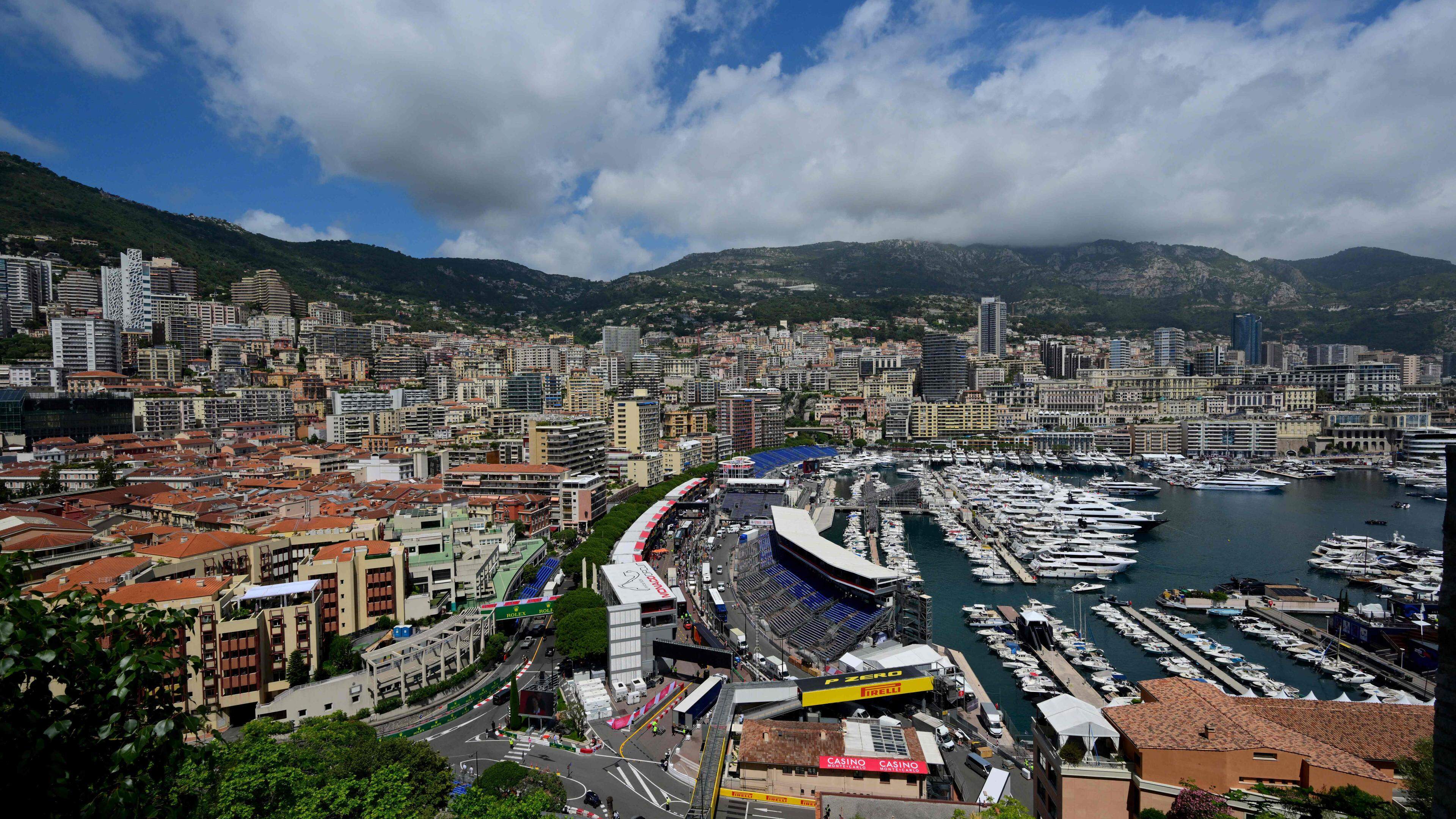When the extremes touch

Last week we talked here, regarding Nanban-jin-the Portuguese in Japan, by Luís Filipe Thomaz (Ed. Gradiva), about ‘the slow approach of the extremes’. Today we will talk about the moment these extremes touch.
The meeting took place in 1543, when they ‘landed on the island of Tanegaxima, at the southern end of the archipelago, the first Portuguese adventurers, coming from Fuquiem, China,’ says Thomaz.
Rumors circulated that Japan (a word that came to us through Malaysian Jepun, a simplification of Jìh-Pen-Kuó, ‘Rising Sun Country’) would be gold rich, which eventually did not see. On the other hand, silver, scarce in China – and besides these two countries did not maintain direct contacts, so the Portuguese merchants came across an appealing business opportunity.
Portuguese and Japanese-or Japan-were strange to each other. Nor could it be otherwise. The features were never seen and customs too. But perhaps they were not as different from each other as one could expect. St. Francis Xavier, the Jesuit who began the process of evangelization of that people, wrote that « they seem according to the customs and lived of the Engenho many conformity to us others » (and may not escape here some similarities to the Spanish language).
Another Jesuit priest, João de Lucena, a disciple of Xavier, praised « to be in the early courteouses and committed with each other without the exception of people. » And later: “In understanding, which is all in man, they do not wind up the best in Europe; And it is well seen in the young men who in less time and much more easily learn to read and write in our lyrics and Longoa than our own Portuguese ». This is another curious fact, since the bet on education was one of the reasons for the success of modern Japan.
Let us return to the word to Thomaz: « It was the admiration of the Jesuits for the qualities of the Japanese who led them to accept them, from the earliest times, in their own bosom as novices, thus recruiting in Japan a large local clergy. »
The Portuguese presence in Japan ended a dramatic way a few years after the Nagasáqui massacre in 1622-23, in which thousands of Christians, burned or beheaded were perished. In the 100 years that took place between 1543 and 1639, the date of the definitive expulsion, they left a mark remarkable, attested by several words from the Japanese vocabulary.
But there is another less known contribution that the Portuguese may precisely be proud. It was the Jesuits who in 1571 founded Nagasaqui by the port where the Portuguese ships used. « If, when at the end of the last great war Nagasaqui was hit by an atomic bomb, the number of victims was much smaller than in Hiroxima, it was because the city was, as well as Macao, built in the Mediterranean way, turned to the sea and tapped to the hills, which somewhere protected it from huge burning, » says Thomaz.
In Hiroxima, which was a flat city, the heat wave spread without obstacles. Nagasáqui, sheltered by the hills, resisted better to the effects of the pump. Who could imagine that, 402 years after the arrival of the Portuguese to Japan, the effects of their presence would still be so palpable?







/s3/static.nrc.nl/images/gn4/stripped/data132557020-e089ee.jpg)
